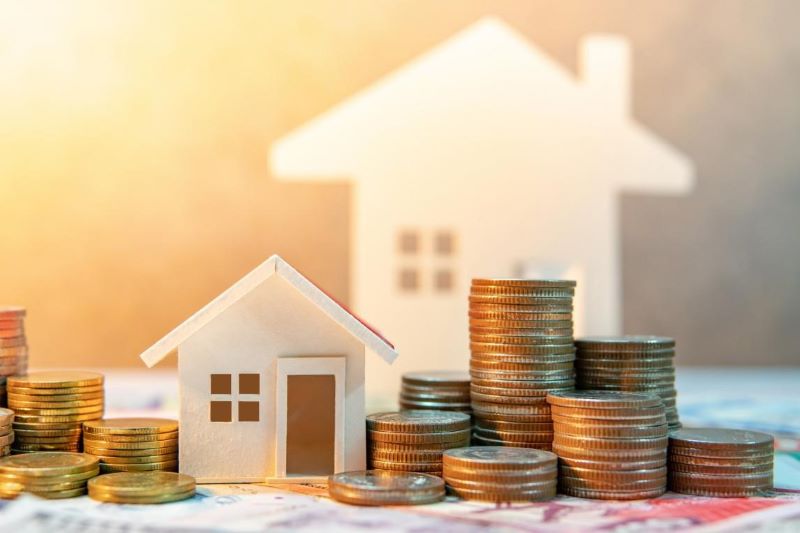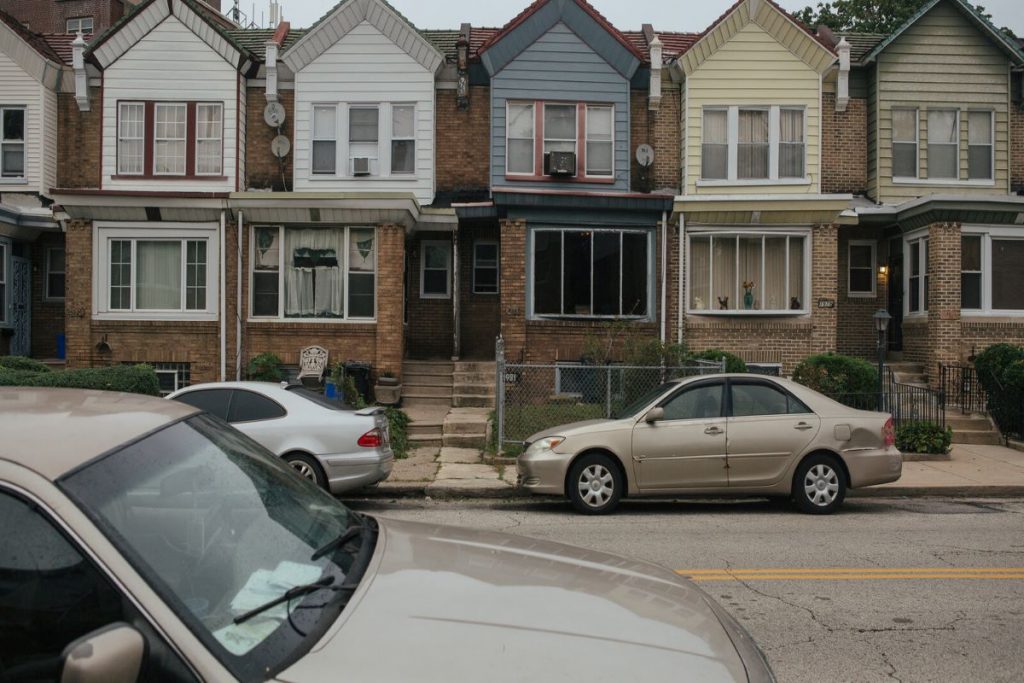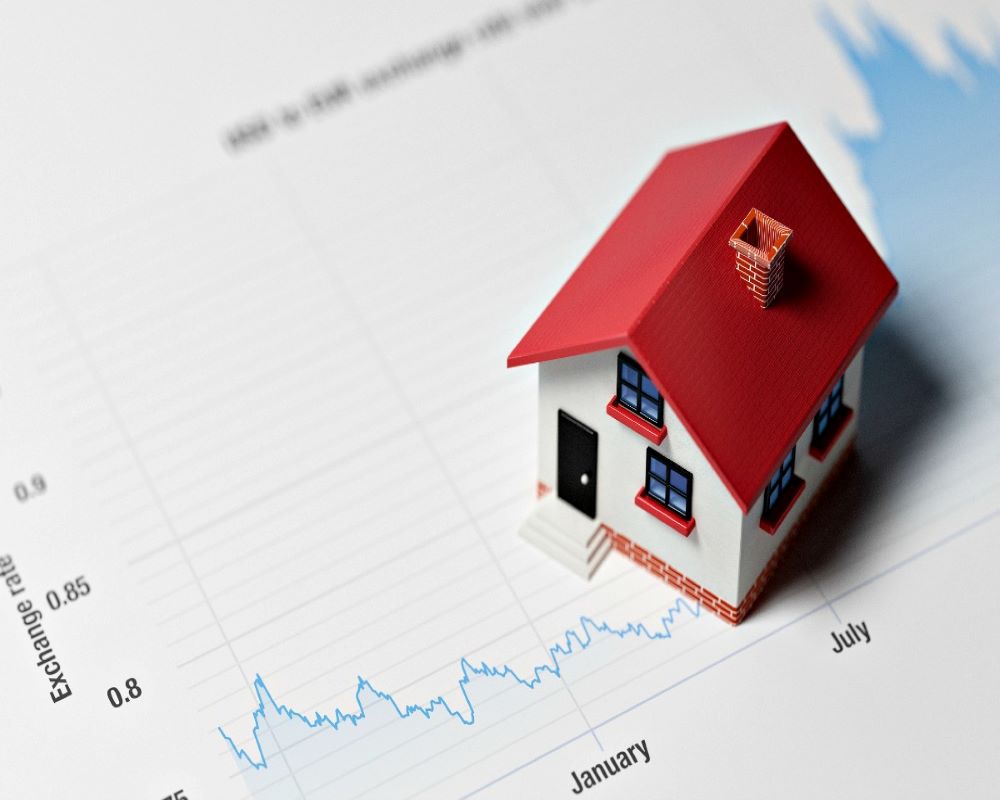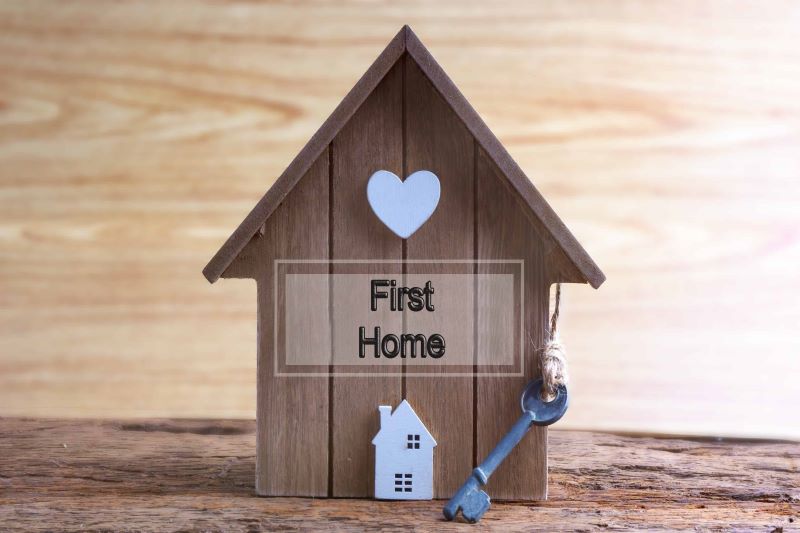Table of Contents
Real estate has become the new favorite way Americans like to invest their money. In fact, it now outranks stock investments, especially among millennials.
The problem is, it’s not always as easy as they make it look on TV. If your real estate income is not quite meeting your expectations, it’s time to switch up your game plan. By focusing on a few key strategies, you can increase your profits with each new project.
To help you turn the tables, let’s look at seven ways to grow your real estate income.
1. Find the Ugliest Homes in the Best Neighborhoods
When deciding between a turnkey house in a so-so neighborhood or the ugly house in an amazing one, always pick the ugly house. Whether it’s residential or commercial real estate, buyers and renters want to be where the action is!
When you buy an ugly house, you’re able to rehab the project your way. Instead of spending money on someone else’s work, you can buy cheap and sink the extra money into features that buyers or renters will pay top dollar for.
Plus, many times you can get a great deal on an ugly house when you buy with cash. As this article explains, a cash transaction in a great neighborhood puts location and profit margins on your side.
2. Avoid Thin Profit Margins
Some may think a deal with a thin profit margin is better than no deal at all, but that’s not always the case. If you take on a property that leaves little wiggle room to make money, you could get left empty-handed.
That’s because a swing in the market could come out of nowhere. Even a small correction in the market will eat into a profit margin of 5-10%. Worse yet, you could face a loss on the deal.
In general, don’t shoot for anything thing less than a 15% return on your investment. With that rate, even a sizable dip in the market won’t cause you to lose money.
3. Do Your Homework
Playing the guessing game when it comes to real estate income will leave you feeling burned. To make the most of your investments, first, make sure you know what you’re doing.
Talk to real estate friends and network with professionals. Find out what buyers and renters are looking for. Always know the market value of a property and become familiar with what differentiates a good investment from a bad one.
Most importantly, know your projects after-repair value. Don’t spend money on upgrades that won’t add value to the property. Make the repairs that will make you money.
4. Keep Projects Quick
In general, real estate projects aren’t meant to be a long, drawn-out process. To keep your costs down and your profits up, try for a tight turnaround timeline.
The longer a property is in your hands, the more you’ll pay in holding costs. This includes your mortgage, utility bills, insurance, etc. Over time, those costs add up which reduces the amount of overall profit you’ll gain.
The only time it’s okay to take time on a project is if the market is at the bottom of a cycle and is making an upswing. As the market goes up, your after-repair value will increase. Waiting until the market is in your favor will give you the best bang for your buck.
5. Focus on the Biggest Buyer Demographics
When you want to sell a property, it only makes sense to focus on features that appeal to the largest pool of buyers. That way, no matter what the market is doing, you’ll always have potential buyers ready to make an offer.
Every area has a range of values that appeals to the widest range of buyers. Those values include house styles, finishing materials, desired location, and price range. By knowing what these buyers are looking for, you can tailor your properties to fit their needs.
Avoid anything that’s too taste specific or would be difficult for a buyer to secure financing on. That cuts your buyer pool down drastically, leaving you at risk for having a property you can’t unload.
6. Know Your Numbers
When it comes to real estate income, numbers mean everything! Knowing where you stand on every aspect of a project can make or break your profit.
Set a budget for each phase of a project and make every effort to know where to spend it. Know what all your fixed costs are, such as fees, commissions, and holding costs. Also, know what the after-repair value of a rehab will be once you’re finished.
Missing out on even one part of that can cause a domino effect on your finances. If you hate doing the math, it’s worth getting a financial expert in to help keep you on track.
7. Have a Back-Up Plan
While it’s never fun to think about flopping on a deal, it’s even worse to ignore the possibility. Having multiple back-up plans in place can protect your investment in case things go south.
Only buy properties you’re confident will make great rentals or lease-options, even if that’s not your initial plan. That way, if the property doesn’t sell for whatever reason, you still have profitable options to keep the investment afloat.
If your property is in a heavy tourist area, consider turning it into a vacation rental for a while. Many vacation rentals bring in top dollar. Plus, you don’t have any long-term renters in the property in case you get an interested buyer.
Investing in properties that have several avenues of income will give you peace of mind when Plan A doesn’t work out.
Make Real Estate Income like a Pro
Don’t let your next real estate investment become a disappointment. By knowing which key strategies to work on, you will increase your real estate income and turn your portfolio into one you can be proud of.
Looking for ideas on how to fix up your investment properties? Check out the articles on our Home Improvement blog!








